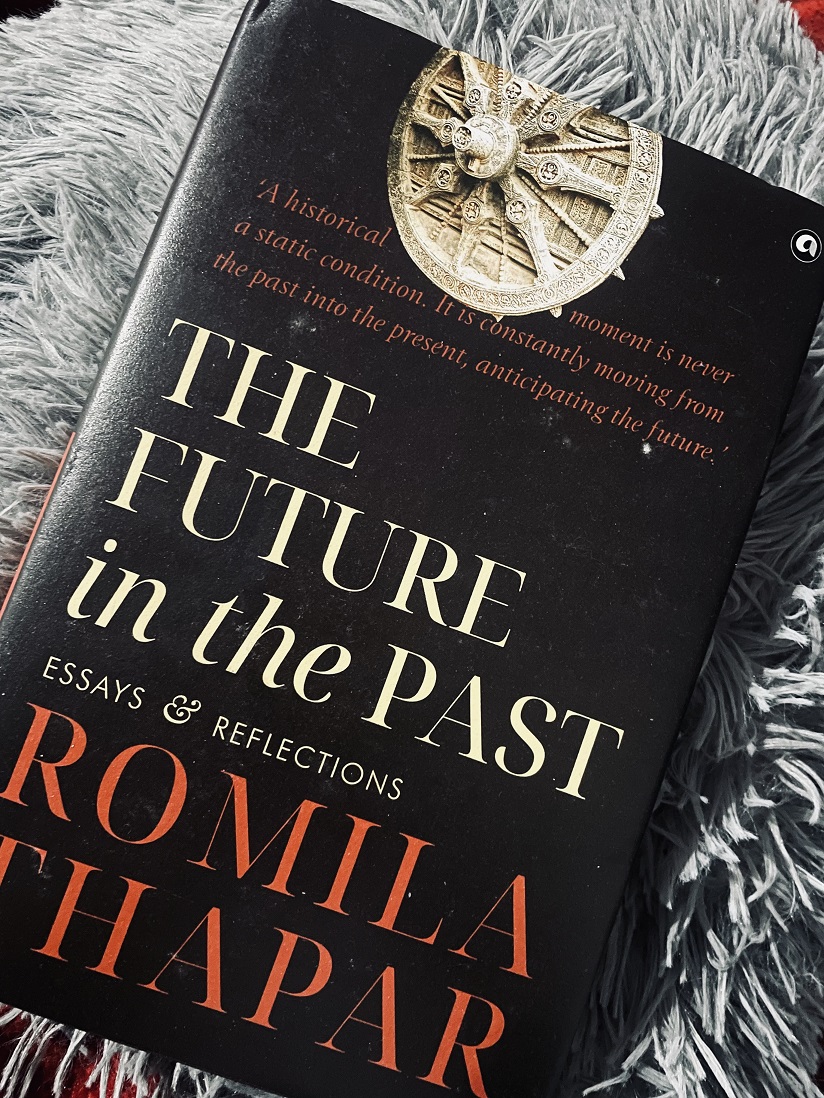
By Romila Thapar
THE projection of the past in terms of communal history, namely that the history of India needs to be seen as the glory of the ancient period when Hinduism was in the ascendant and its decline during the medieval period when that place was taken by Islam, continues to be the simplistic view of Hindu communal groups. The variation is that Muslim communalists see the period of Islamic dominance as the period of glory and Sikh communalists perceive their relations with the Mughal state entirely in terms of the religious confrontation between Muslim and Sikh. The appeal to history for legitimation by communal groups is in effect a red herring. The issue is not that of the historical correctness of the claim, for the claims being made are in fact political and relate to the society of today. But by reiterating a communal history, justification is sought for trying to undo the past by communal actions in the present. A communal interpretation of the past, even where clearly untenable, is useful for whipping up hysteria in mobilizing a community.
If, however, history is to be brought into the controversy, then communal interpretations of history have to come to terms with many facts which are now conveniently ignored. It has to be conceded that there has been intolerance and persecution of religious sects not just under Muslim rulers but also under Hindu rulers and by powerful Hindu groups even in pre-islamic times. The evidence of Shaivite persecution of Buddhists and lainas is conveniently ignored, even though it involved some killing of monks and the desecration of religious sites. The very notion of untouchability is an extreme form of intolerance and persecution. Will the Hindus of today first come to terms with their own intolerance and victimization of the Other before rushing to set right the intolerance of others from the past?
The bulk of the conversions to Islam were not by force of arms but under the influence of various religious teachers. These conversions were frequently by jati where an entire professional group would convert. This raises questions about the nature of Hindu society and what might have encouraged conversions.
Relations between groups in society, even if identified by religious practice and belief, are never simplistically black or white. The evidence on such relations in the past and the analysis of this evidence by present-day historians suggests a very different interpretation from that which was current fifty years ago. But in spite of historians constantly reiterating this change, the old theories still hold in the popular mind.
The refusal to recognize that historical analyses have changed our image of the past stems from the refusal on the part of the mediators of knowledge (both the educational system and the media) to first read and then pronounce. It is far easier to go on mouthing old ideas even if these are unacceptable to current historians. The old cliche of Muslim rulers being bigots to a greater or lesser degree continues to be repeated despite the work which has been done on their policies, suggesting a far more historically complex context for such policies. This is not a question, for instance, of Hindus being more aware of Aurangzeb but of Aurangzeb being consistently depicted only in one form.
The media is not innocent about fostering communalism. The fashion for glitter and tinsel as news and the underlining of the need for media hype has resulted in an obsession with instant stories focusing on the view of anybody and anything as long as it can be presented as spectacular news. Thoughtful commentaries are dismissed as too academic for the press and IV channels, with a few exceptions and have been largely concerned only with projecting the lowest common denominator both in politics and in culture. It is therefore not surprising that the definition of culture lies in the assumption that Indian society consists in the main of caste Hindus transmuting into a middle class. The success stories of TV channels are serials portraying narratives linked for example to Vaishnava worship projected as part of the national culture of India. At least if the aesthetic qualities of the original are portrayed it might mitigate the religious propaganda.
Views expressed in the article are the author’s own and do not necessarily represent the editorial stance of Kashmir Observer
- Excerpted from “The Future in the Past: Essays and Reflections” by Romila Thapar published by Aleph Book and Company
Follow this link to join our WhatsApp group: Join Now
Be Part of Quality Journalism |
Quality journalism takes a lot of time, money and hard work to produce and despite all the hardships we still do it. Our reporters and editors are working overtime in Kashmir and beyond to cover what you care about, break big stories, and expose injustices that can change lives. Today more people are reading Kashmir Observer than ever, but only a handful are paying while advertising revenues are falling fast. |
| ACT NOW |
| MONTHLY | Rs 100 | |
| YEARLY | Rs 1000 | |
| LIFETIME | Rs 10000 | |













